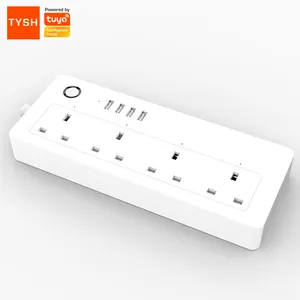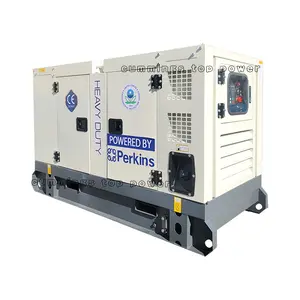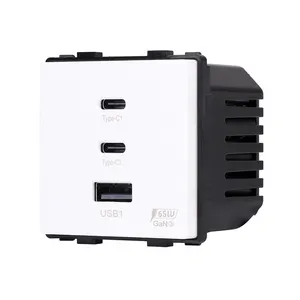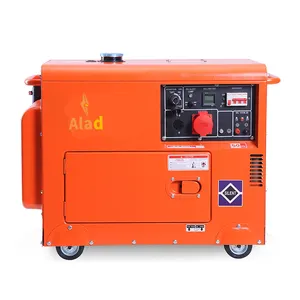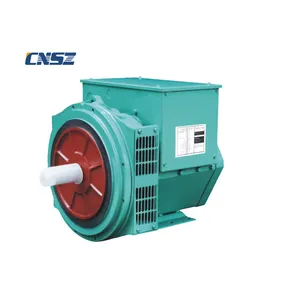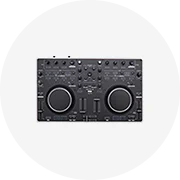Phổ biến trong ngành của bạn






Thương hiệu mới trong kho Schneider ngắt mạch 2000A nw20 H1 3P f Mic 2.0 48057 ACB không khí ngắt mạch
1.999,00 US$ - 2.999,00 US$
Đơn hàng tối thiểu: 5 Cái
Vận chuyển mỗi chiếc: 140,34 US$







ACB masterpact NT masterpact NW 6300A 5000A 4000A 3200A 2500A 2000A 1600A 1250A 1000A 800A 630A 3P 4P điện Air Circuit Breaker
Sẵn sàng vận chuyển
2.180,00 US$ - 2.380,00 US$
Đơn hàng tối thiểu: 5 Cái
Vận chuyển mỗi chiếc: 140,35 US$





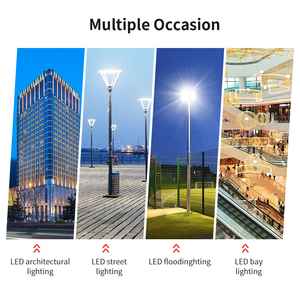
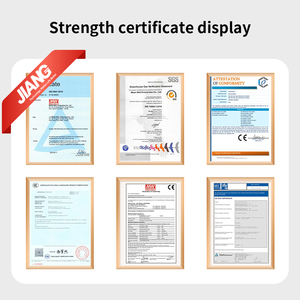
CHINT NXMS Loạt Đúc Trường Hợp Circuit Breaker MCCB Trong 160A 250A 400A 630A 1000A 1250A 1600A Để Bán
30,00 US$ - 45,00 US$
Đơn hàng tối thiểu: 1 Cái
Vận chuyển mỗi chiếc: 19,80 US$


Đúc trường hợp bộ phận ngắt mạch NSX loạt MCCB 3P 4P nsx100f f 36kan 50kah 70kas 100kal 150kA nhỏ gọn thu nhỏ ngắt mạch
128,00 US$ - 148,00 US$
Đơn hàng tối thiểu: 5 Cái
Vận chuyển mỗi chiếc: 9,49 US$





Ngắt mạch mvs16n4f200 mvs16s3d002 mvs16s3f002 mvs20h4d203 mvs25 h4d602
1.740,00 US$ - 2.600,00 US$
Đơn hàng tối thiểu: 1 Cái







XM1-PV 100A 125A 160A 250A 400A 630A 800A 1000A 1250A 2P 3P 4P DC 500V 750V 1000V đúc trường hợp ngắt mạch DC 1000V MCCB
16,00 US$
Đơn hàng tối thiểu: 100 Cái






Cuộc Sống Lâu Dài-Thời Gian NSX630 4P MCCB 250A 300A 320A 350A 400A 500A 630A Đúc Trường Hợp Ngắt Mạch
160,00 US$ - 186,67 US$
Đơn hàng tối thiểu: 5 Cái
Vận chuyển mỗi chiếc: 70,79 US$






TENGEN TGM1N MCCB Trường Hợp Đúc Circuit Breaker 400a MCCB Giá
5,00 US$ - 58,00 US$
Đơn hàng tối thiểu: 100 Cái






Máy Cắt MCCB 2P AC 63A 100A 125A 160A 250A 400A 630A Giá Xuất Xưởng Máy Cắt Ốp Đúc Mccb 400V
6,00 US$ - 7,50 US$
Đơn hàng tối thiểu: 1 Mẫu Anh






Trung Quốc MCCB 3P 4P MCCB 63A 100A 160A 250A 400A 630A 800A 1250A 1600A Trường Hợp Đúc Circuit Breaker Giá Rẻ
4,00 US$ - 50,00 US$
Đơn hàng tối thiểu: 1 Cái












Bộ Ngắt Mạch Vỏ Đúc Thông Minh 3P 4P 300A 400A 500A 800A MCCB
5,00 US$ - 25,00 US$
Đơn hàng tối thiểu: 1 Cái






Bộ Ngắt Mạch Vỏ Đúc Chính Hãng Hàng Bán Chạy NSX100N F 3PNSX160N 250N 4P 630A Ba Pha MCCB 400A
125,20 US$ - 156,50 US$
Đơn hàng tối thiểu: 5 Cái






Bộ Ngắt Mạch 3P 4P Điều Chỉnh Từ Tính, Bộ Ngắt Mạch AC 400V 160a 250a 400a
15,34 US$ - 72,83 US$
Đơn hàng tối thiểu: 5 Đơn vị




Bộ Ngắt Mạch Điện 3 Cực 4 Cực 100A 225A 250A 600A 800A 1000A 1250A 3P 4P Bộ Ngắt Mạch Vỏ Đúc S Series Tmax MCCB
12,50 US$ - 13,00 US$
Đơn hàng tối thiểu: 50 Cái





MCCB NF CW 400amp Bộ Ngắt Mạch Vỏ Đúc NF400-CW Công Tắc Nguồn 400a 3P Bộ Ngắt Điện Thiết Bị Chuyển Mạch
49,00 US$ - 52,00 US$
Đơn hàng tối thiểu: 10 Cái






Matismart Động Cơ Điều Khiển Từ Xa Mccb 125a 250a 350a 400a Đúc Trường Hợp Circuit Breaker Với RS485
66,18 US$ - 81,43 US$
Đơn hàng tối thiểu: 1 Cái
Vận chuyển mỗi chiếc: 52,83 US$



MCCB Tmax 3 Cực 4 Cực 100A 225A 250A 400A 600A 1000A 1250A 1600A 2000A 3P 4P Bộ Ngắt Mạch Vỏ Đúc
10,00 US$ - 200,00 US$
Đơn hàng tối thiểu: 1 Cái






Mẫu Miễn Phí! Máy Cắt Vỏ Đúc 1P 2P 3P 4P, Máy Cắt 63A 100A 160A 250A 400A 630A 800A 1250A 1600A MCCB Giá Bán
85,00 US$ - 100,00 US$
Đơn hàng tối thiểu: 1 Cái






Chuyên Nghiệp Nhất MCCB 100a 200a 250a 400a 630a 800a Máy Cắt Vỏ Đúc 3 Cực
10,00 US$ - 500,00 US$
Đơn hàng tối thiểu: 50 Cái






Bộ Ngắt Mạch Vỏ Đúc 400A KWC3400F, Chất Lượng Tốt, Rẻ Hơn
20,00 US$ - 50,00 US$
Đơn hàng tối thiểu: 10 Cái






3P MCCB ngắt mạch 63A 80A 100A 125A 160A 180A 200A 225a 250A 400A 630A 800A 1250A 1600A AC ngắt mạch
8,00 US$ - 292,00 US$
Đơn hàng tối thiểu: 5 Cái






Bộ Ngắt Mạch DC MCCB Vỏ Đúc 1P 2P 12V 24V 48V 250A Pin Bảo Vệ Cọc Sạc Xe Hơi 100A 200A 400A
7,60 US$ - 15,23 US$
Đơn hàng tối thiểu: 10 Cái









Bộ Ngắt Mạch Vỏ Đúc NXMS Series Bán Chạy 2020 Bộ Ngắt Mạch 160A 250A 400A 630A
80,00 US$ - 100,00 US$
Đơn hàng tối thiểu: 1 Cái






SACE Isomax S Smax 3 Cực 4 Cực 100A 225A 250A 400A 600A 800A 1000A 1250A 3P 4P Bộ Ngắt Mạch Vỏ Đúc S Series Tmax MCCB
Sẵn sàng vận chuyển
10,00 US$
Đơn hàng tối thiểu: 100 Cái
Vận chuyển mỗi chiếc: 140,05 US$






Bộ Ngắt Mạch CCB Ba Pha 380V MCCB, Bộ Ngắt Mạch 3 Cực 4 Cực CCB 100A 160A 200A 250A 320A 400A 630A
51,99 US$ - 639,99 US$
Đơn hàng tối thiểu: 10 Cái






Senheng ngắt chuyển đổi VA-74 3P 400A 50Ka Thiết bị chuyển mạch tự động nm1 bộ phận ngắt NM1-400 BA-99M BA88 ekf
34,00 US$ - 36,00 US$
Đơn hàng tối thiểu: 1 Cái






CM1 1P 2P 3P 4P 100A 225A 400A 630A 1600A 690V Công Suất Phá Vỡ Cao Vỏ Đúc
8,00 US$ - 30,00 US$
Đơn hàng tối thiểu: 10 Cái






Mccb 3 Cực 4 Cực 380V 100A 225A 250A 400A 600A 800A Max Ac Đúc Trường Hợp Ngắt Mạch
25,00 US$ - 200,00 US$
Đơn hàng tối thiểu: 5 Cái







AC MCCB 3P 4P 630 amps ngắt mạch MCCB 400A đến 630A năng lượng mặt trời đúc trường hợp ngắt mạch
2,00 US$ - 6,00 US$
Đơn hàng tối thiểu: 5 Cái
Vận chuyển mỗi chiếc: 7,20 US$




Bộ Ngắt Mạch MCCB 3P 250A 315A 350A 400A Bộ Ngắt Mạch Vỏ Đúc Năng Lượng Mặt Trời AC Đảm Bảo Chất Lượng
40,00 US$ - 55,00 US$
Đơn hàng tối thiểu: 100 Cái





Nhà Máy YUYE MCCB 3P 50A ~ 400A Bộ Ngắt Mạch Vỏ Đúc MCCB MCB 400A
10,50 US$ - 68,68 US$
Đơn hàng tối thiểu: 1 Bộ




ANDELI Điện Ac 400V AM1-630L/3300 3P 400A 500A 600amp Resettablet Các Loại Công Nghiệp Circuit Breaker
45,00 US$ - 48,00 US$
Đơn hàng tối thiểu: 1 Cái






AOASIS AOM-400H/3300 3P CM1 Điện MCCB Ngắt Mạch 400 Amp MCCB Giá 250A 315A 350A 400A
30,35 US$ - 72,42 US$
Đơn hàng tối thiểu: 5 Cái






LV432693 NSX400N 3P 400A Schneider Bộ Ngắt Mạch Nhỏ Gọn
Sẵn sàng vận chuyển
376,21 US$ - 399,51 US$
Đơn hàng tối thiểu: 10 Cái
Các danh mục hàng đầu
Giới thiệu về ngắt mạch 400a
Alibaba.com cung cấp các sản phẩm 3989 ngắt mạch 400a.
